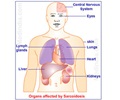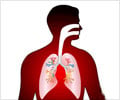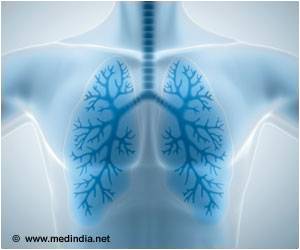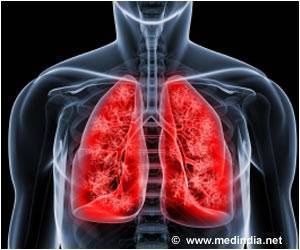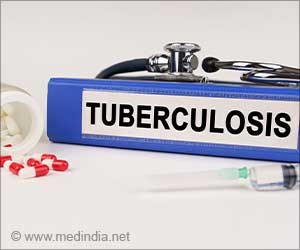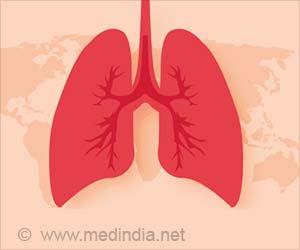Among patients with suspected stage I/II pulmonary sarcoidosis, the use of the procedure known as endosonographic nodal aspiration resulted in greater diagnostic yield.
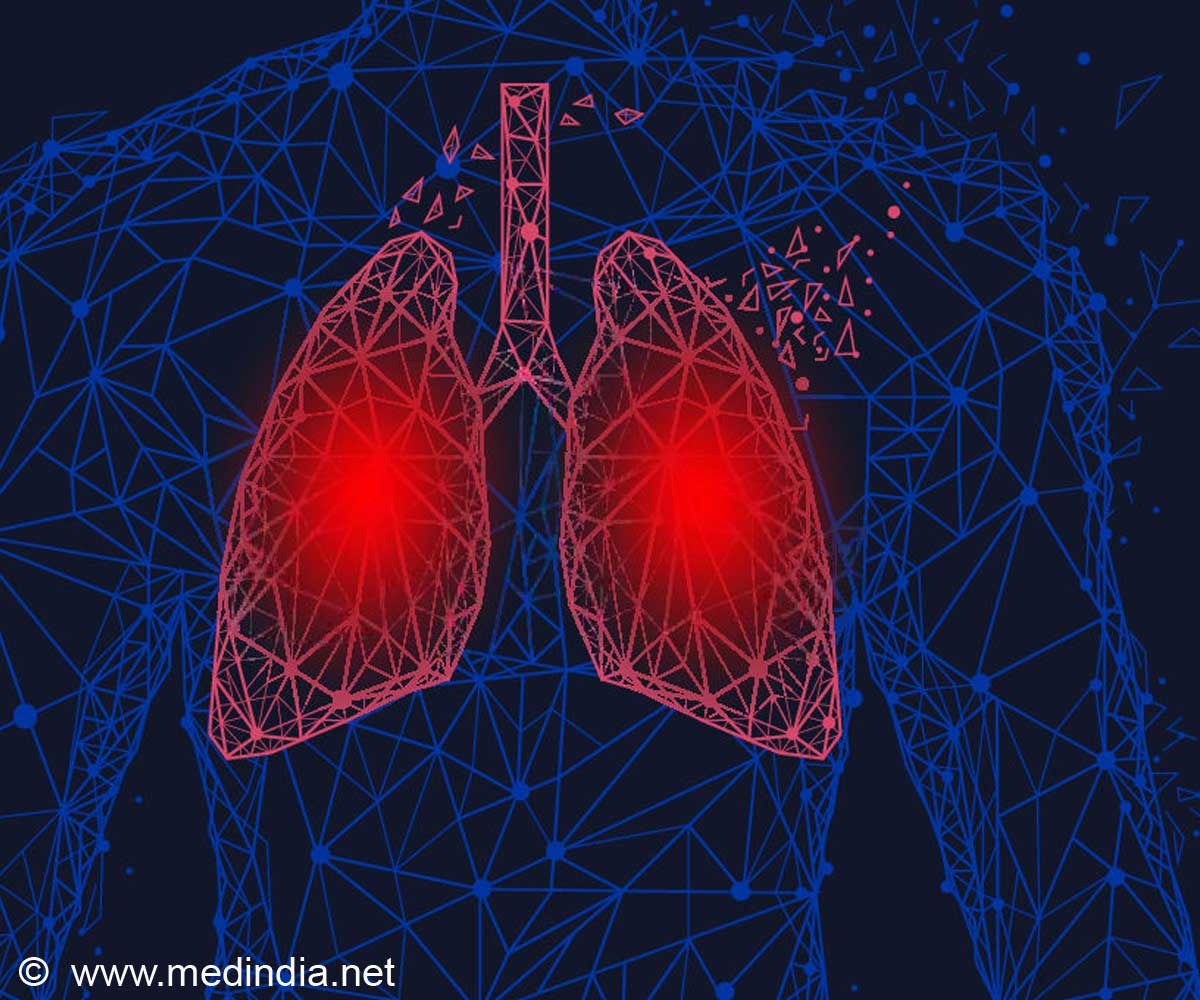
Martin B. von Bartheld, M.D., of Leiden University Medical Center, Leiden, the Netherlands, and colleagues conducted a study to evaluate the diagnostic yield of bronchoscopy vs. endosonography in the diagnosis of stage I/II sarcoidosis. The randomized trial was conducted at 14 centers in 6 countries between March 2009 and November 2011 and included 304 patients with suspected pulmonary sarcoidosis (stage I/II) in whom tissue confirmation of noncaseating (not exhibiting caseation [necrosis in the tissue]) granulomas was indicated.
Patients underwent either bronchoscopy with transbronchial and endobronchial lung biopsies or endosonography (esophageal or endobronchial ultrasonography) with aspiration of intrathoracic lymph nodes. The primary measured outcome was the diagnostic yield for detecting noncaseating granulomas in patients with a final diagnosis of sarcoidosis.
A total of 149 patients were randomized to bronchoscopy and 155 to endosonography. The researchers found that granulomas were found significantly more often at endosonography than bronchoscopy (114/154 [74 percent;] vs. 72/149 [48 percent]). The diagnostic yield to detect granulomas for endosonography vs. bronchoscopy was 80 percent vs. 53 percent.
"For stage I sarcoidosis, the diagnostic yield of bronchoscopy was 38 percent compared with 66 percent for stage II. For endosonography, diagnostic yield for stage I was 84 percent compared with 77 percent for stage II," the authors write.
Two serious adverse events occurred in the bronchoscopy group and 1 in the endosonography group; all patients recovered completely.
Advertisement
Source-Newswise

